Recently Updated Blogs
Most Overused Personal Statement Topics Whilst consulting ‘the classics’ of your subject is important for getting a well-rounded overview, applicants often risk packing their personal statements with the same resources or topics as every other applicant. Our expert consultants have spent years advising thousands of applicants on their personal statements,…
Following several years of disruption and format changes to Oxford and Cambridge interviews as a result of the COVID-19 pandemic, applicants eagerly await notification from the universities to confirm in what format their interviews will be. Will they be in person or online; what equipment will be required; and how…
If you’re sitting an admissions test (or two!) this autumn for your application to Oxford or Cambridge, it’s crucial that you get a few key dates into your diary, namely: registration opening, registration closing, and the date of the test itself! Jump to the test(s) you are taking to note…
How Can I Use ChatGPT for My Personal Statement? With AI-powered tools such as ChatGPT becoming increasingly popular, we are seeing more and more applicants wondering about how to use these tools to help their university application. Whilst harnessing AI can be very beneficial, danger this way lies: over-reliance…
Choosing an Oxford College One key aspect which separates an Oxbridge application from most other UK universities is the choice of college. The college you are offered a place for will be a big part of your university experience. However, how do you pick between colleges when you don’t know…



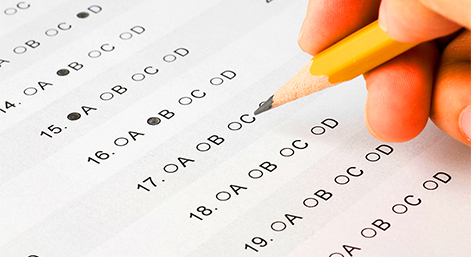



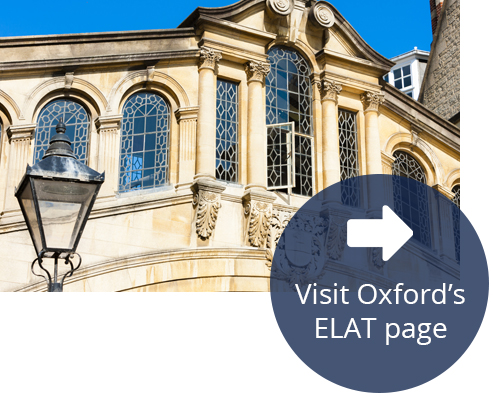
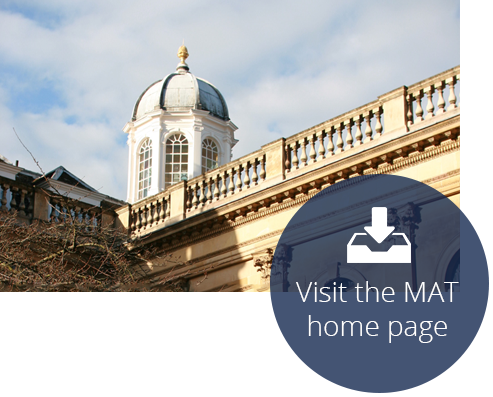
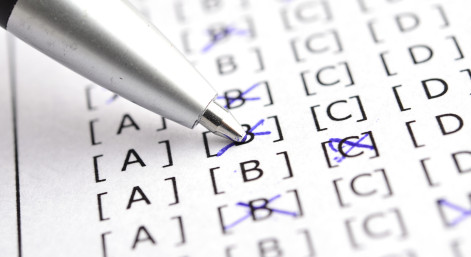 The majority of Oxford courses, and an increasing number of Cambridge courses, now require applicants to sit an admissions test as part of their application. Admissions test results can often determine whether or not an applicant is invited to interview, with the proportion of students being invited to interview having steadily decreased over the past three years.
The majority of Oxford courses, and an increasing number of Cambridge courses, now require applicants to sit an admissions test as part of their application. Admissions test results can often determine whether or not an applicant is invited to interview, with the proportion of students being invited to interview having steadily decreased over the past three years.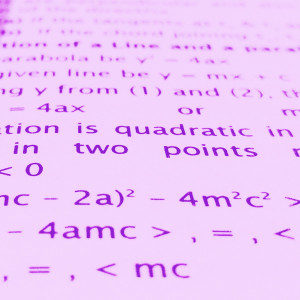

















 Below you will find the answers to the different questions from Chapter 6 “The Admissions Tests” in our book ‘So you want to go to Oxbridge? Tell me about a banana.’
Below you will find the answers to the different questions from Chapter 6 “The Admissions Tests” in our book ‘So you want to go to Oxbridge? Tell me about a banana.’ An assumption is something which is not stated in the argument, but which is taken for granted in order to draw the conclusion. So, first of all you should work out what the conclusion of the argument is. Then look for the reasoning the author gives to support this conclusion, and think about any important point which is not actually stated. You are trying to spot the missing link, the reason that should be stated but has been left out.
An assumption is something which is not stated in the argument, but which is taken for granted in order to draw the conclusion. So, first of all you should work out what the conclusion of the argument is. Then look for the reasoning the author gives to support this conclusion, and think about any important point which is not actually stated. You are trying to spot the missing link, the reason that should be stated but has been left out. An inference is something that the reader can conclude based on the information given in the passage. In order to answer this you need to evaluate which of the five statements could legitimately be a conclusion following on from the information given and no other information. In other words, if one of these statements relies on some other fact to be true or some other information then it is less likely to be an inference directly from the information given.
An inference is something that the reader can conclude based on the information given in the passage. In order to answer this you need to evaluate which of the five statements could legitimately be a conclusion following on from the information given and no other information. In other words, if one of these statements relies on some other fact to be true or some other information then it is less likely to be an inference directly from the information given. The notable thing about this question is how broad the statement is. This is both a good thing and a bad thing – good because it allows you to be really creative but bad because it becomes very hard to write a concise, to the point, structured essay. I decided to focus on inequality in the UK in the present day but could have equally written an essay about the problems facing women globally or even about the campaign for women’s suffrage. In the introduction I try to indicate to the reader that I have considered these other possibilities and have made a purposeful decision to focus the essay in a particular direction.
The notable thing about this question is how broad the statement is. This is both a good thing and a bad thing – good because it allows you to be really creative but bad because it becomes very hard to write a concise, to the point, structured essay. I decided to focus on inequality in the UK in the present day but could have equally written an essay about the problems facing women globally or even about the campaign for women’s suffrage. In the introduction I try to indicate to the reader that I have considered these other possibilities and have made a purposeful decision to focus the essay in a particular direction. A cyclist averages 7.5 miles an hour on level ground but only 4.5 miles an hour when going uphill. If the ratio between flat ground and hills were 1:3, what was the cyclist’s average mph over 60 miles?
A cyclist averages 7.5 miles an hour on level ground but only 4.5 miles an hour when going uphill. If the ratio between flat ground and hills were 1:3, what was the cyclist’s average mph over 60 miles? A daisy wheel printer prints 20 characters a second and is 4 times as fast as the average printer. If the average printer is 5 times as fast as an electric typwriter, how many characters can an electric typewriter print?
A daisy wheel printer prints 20 characters a second and is 4 times as fast as the average printer. If the average printer is 5 times as fast as an electric typwriter, how many characters can an electric typewriter print? All Staphylococci are Bacteria and all Bacteria are Prokaryotes. No Staphylococci are Archaea. Which of the following must be true?
All Staphylococci are Bacteria and all Bacteria are Prokaryotes. No Staphylococci are Archaea. Which of the following must be true? Five students sit a biology test. Oliver gains a lower score than Connor, who gains a lower score than Natalie. Emma gains a higher score than Connor, but a lower score than Wendy. Wendy’s score must be higher than:
Five students sit a biology test. Oliver gains a lower score than Connor, who gains a lower score than Natalie. Emma gains a higher score than Connor, but a lower score than Wendy. Wendy’s score must be higher than: TSA Cambridge Practice Question 1
TSA Cambridge Practice Question 1 TSA Cambridge Practice Question 2
TSA Cambridge Practice Question 2

